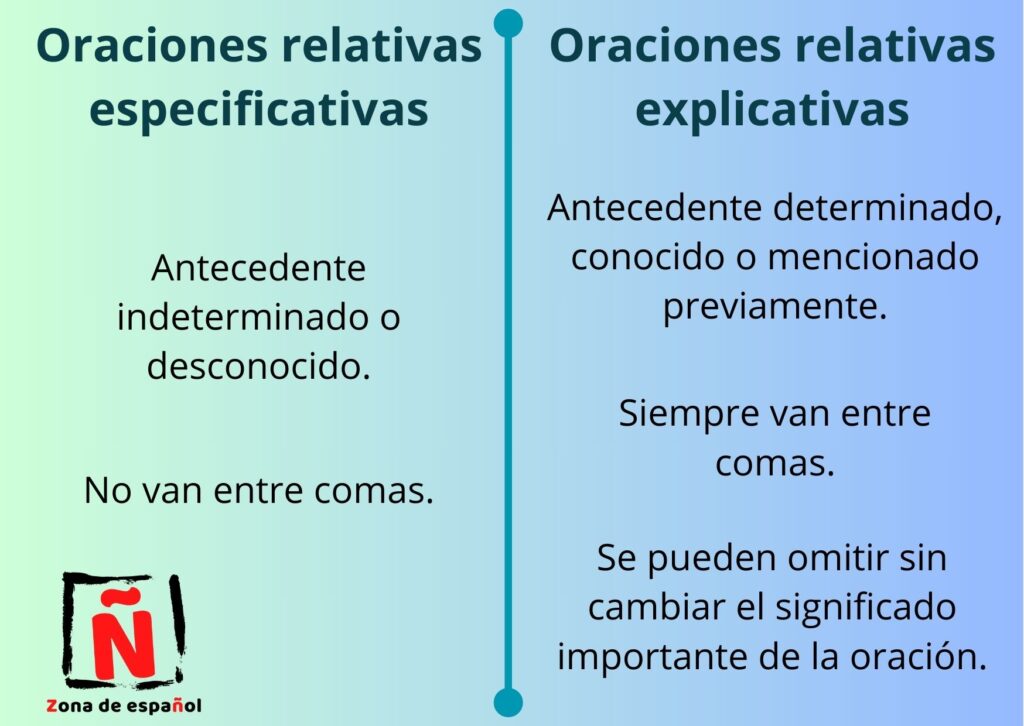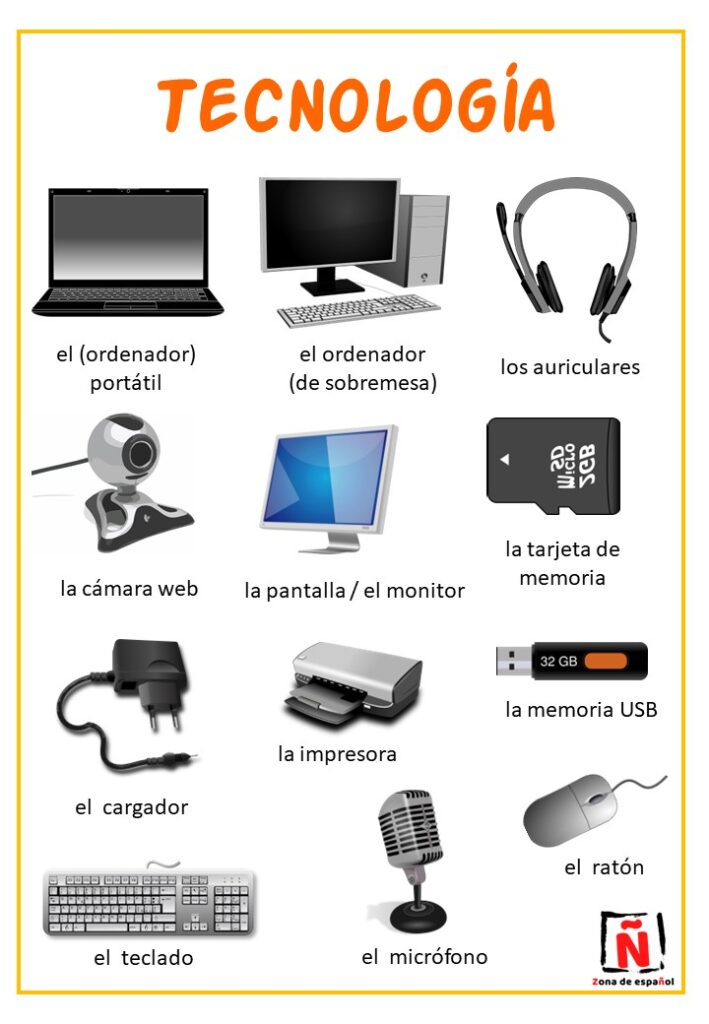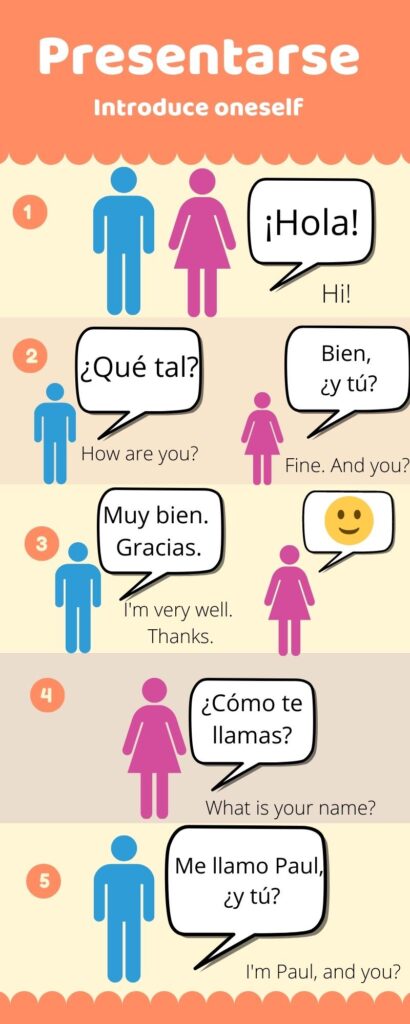Relative clauses in Spanish are those that provide additional information about a noun in the main sentence. These sentences often begin with relative pronouns such as “que,” “cual,” “quien,” “cuyo,” among others.
Relative pronouns are used to refer to a previously mentioned antecedent to avoid repeating it. In relative clauses, the antecedent is the noun to which the relative pronoun refers.
The relative pronoun introduces the relative clause and connects that clause with the noun it refers to, that is, the antecedent.
For example: La chica que está leyendo es mi hermana.
In this sentence, “chica” is the antecedent. The relative pronoun “que” connects the relative clause (“que está leyendo”) with the noun “chica.” The complete sentence means that the girl who is reading is the sister of the person speaking.
The antecedent provides the context or basis on which the additional information provided by the relative clause is built. Understanding the antecedent is crucial to fully grasp the meaning of the relative clause.
Relative clauses can be “oraciones especificativas” (defining relative clauses or restrictive relative clauses) or “oraciones explicativas” (non-defining relative clauses or non-restrictive relative clauses). In both types of sentences, the antecedent can refer to people, places, things, etc.
Oraciones especificativas (defining relative clauses):
Oraciones especificativas refer to an unidentified, undetermined, or unknown antecedent and serve to specify it, make it concrete; that is, they provide essential information to identify or understand the noun they refer to. These sentences do not have a comma before or after the relative clause.
For example: El libro que compré ayer es muy interesante.
In this sentence, the antecedent is “libro.” The relative clause is “que compré ayer.” This clause is a defining relative clause because it is essential to identify which of the books is considered very interesting. Without the information provided by the relative clause, the sentence could be ambiguous, as we would not know which book the speaker is referring to. The clause “que compré ayer” specifies and clarifies the noun it refers to, making the sentence more precise.
We do not use the relative pronoun que after proper names or personal pronouns. We also do not use the relative pronoun que after possessive + noun.
Oraciones explicativas (non-defining relative clauses):
Oraciones explicativas refer to an already identified antecedent and add irrelevant information about it. They are used to add details, but the meaning of the main sentence remains clear without them. They can be omitted without changing the important meaning of the sentence.
They always have a comma before or after the relative clause, or there is a pause when speaking.
For example: El perro de mi vecino, que siempre ladra por las mañanas, me despierta temprano.
In this sentence, the relative clause ” que siempre ladra por las mañanas” is presented between commas, indicating that it is a non-defining relative clause. The main sentence, ” El perro de mi vecino me despierta temprano,” makes sense on its own, but the relative clause adds additional information about the dog’s behavior. This information is explanatory, as it is not essential to identify the dog as the one that wakes me up early; it simply provides more details about the situation.
If the antecedent is a proper name, personal pronoun, a possessive + noun, the relative clause is always a non-defining relative clause:
Cuéntaselo a Ana, que te puede ayudar.
Su hermana, que es guapísima, estudia conmigo español.
In summary, Oraciones explicativas (non-defining relative clauses) add additional information, but their absence does not significantly affect the meaning of the main sentence. In contrast, oraciones especificativas (defining relative clauses) are essential to identify or understand clearly the noun they refer to in the main sentence.
If we compare both sentences, restrictive clauses refer to a part of the antecedent, non-restrictive clauses to the entire antecedent. For example:
Los estudiantes que estudian mucho aprueban los exámenes. (Refers to a part, not all of the students.)
Los estudiantes, que estudian mucho, aprueban los exámenes. (Refers to the whole group of students.)

Indicative or Subjunctive in defining relative clauses (oraciones especificativas):
Indicative is used when referring to a previously mentioned, known, or determined antecedent.
Example: Vamos a cenar al restaurante que quieres. (We know which place the other person wants to go to.)
Subjunctive is used when referring to an unknown or undetermined antecedent.
Example: Vamos a cenar al restaurante que quieras. (We don’t know which place the other person will choose.)
Be careful! Oraciones explicativas (non-defining relative clauses) always use the indicative because we always refer to known antecedents.
I hope you liked this explanation of oraciones de relativo especificativas y explicativas in Spanish or restrictive and non-restrictive relative clauses.
If you have any questions, feel free to ask in the comments. You can share this information on your social media.






Somebody essentially help to make significantly articles I’d state. This is the first time I frequented your web page and up to now? I surprised with the research you made to make this actual post incredible. Fantastic job!
I have been surfing online more than 3 hours today, yet I never found any interesting article like yours. It is pretty worth enough for me. In my opinion, if all web owners and bloggers made good content as you did, the web will be much more useful than ever before.
It’s a pleasure for me that you like it. I love teaching Spanish and hope to share many more things with everyone. If I had much more free time, I would create many more articles and interesting materials.
Thank you very much. If you have any suggestions, feel free to make them. Many thanks!
Stay up to date with technology Compiler Blog